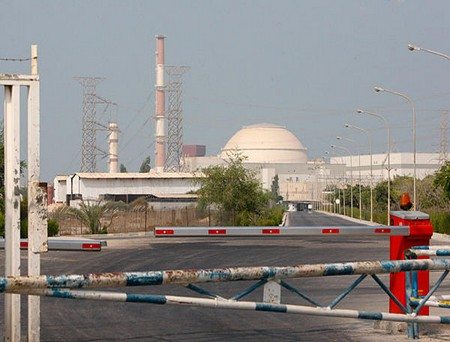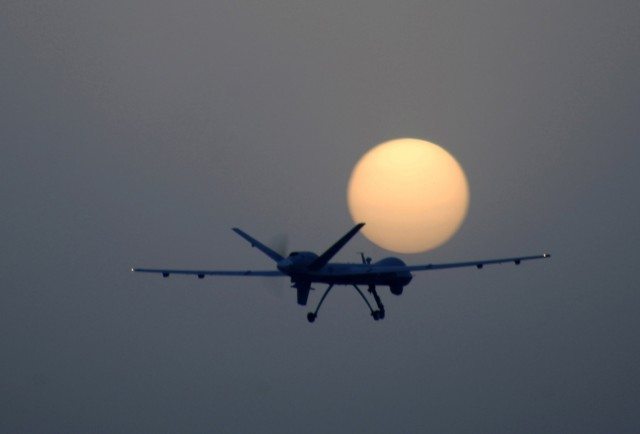A raft of biting global sanctions imposed on Iran for its suspect nuclear activities will be lifted over time, if the Islamic republic sticks to the terms of a final deal with global powers.
Under a framework struck Thursday, the US and EU will lift all nuclear-related sanctions after the UN atomic watchdog, the IAEA, has verified that Iran has taken key steps laid out in the final comprehensive deal.
“In return for Iran’s future cooperation, we and our international partners will provide relief in phases from the sanctions that have impacted Iran’s economy,” said US Secretary of State John Kerry.
The United Nations will also lift past nuclear-related sanctions “simultaneous with the completion, by Iran, of nuclear-related actions addressing all key concerns,” the State Department said in a fact sheet.
In its place however will be a new UN Security Council resolution that will endorse the joint comprehensive deal, now set to be negotiated by June 30 after the outlines were agreed by six world powers and Iran late Thursday.
The new UN resolution will however also re-establish existing core UN provisions dealing with the transfers of sensitive technologies and activities.
And existing restrictions on conventional arms and ballistic missiles will also be incorporated into the new resolution.
Iranian Foreign Minister Mohammad Javad Zarif, who had been given the specific mission by supreme leader Ayatollah Ali Khamenei to win an end to the sanctions, was jubilant.
“The effect of this will be, when we implement our measures there won’t be no sanctions against the Islamic republic of Iran.”
“And that I think would be a major step forward. We have stopped a cycle that was not in the interest of anybody, not in the interest of non-proliferation,” Zarif said.
“All Security Council resolutions will be terminated, all US nuclear secondary sanctions as well as EU sanctions will be terminated,” Zarif said.
Sanctions have been key in bringing Iran to the negotiating table, the West says, as they have crippled the oil-producing nation’s economy, frozen more than $100 billion in oil revenues around the world, and cut the country’s access to global oil markets.
But they were also one of the hardest issues to resolve during the negotiations.
‘Snap back into place’
World powers were insisting that there should be no immediate lifting of the sanctions in order that they can be reinstated if Iran violates the deal.
“The European Union will terminate the implementation of all nuclear-related economic and financial sanctions,” EU foreign policy chief Federica Mogherini told reporters.
She added the United States “will cease the application of all nuclear-related economic and financial sanctions simultaneously with the IAEA-verified implementation by Iran of its key nuclear commitments.”
But Kerry stressed: “If we find at any point that Iran is not complying with this agreement, the sanctions can snap back into place.”
He did not detail how this would be done, or give any specific timings, acknowledging that the rate and timing of sanctions relief was one of the gaps still remaining.
“It’s really a matter of anywhere from probably six months to a year or so that it will take to begin to comply with all of the nuclear steps that need to be taken in order to then begin into the phasing. Those steps have to happen first.”
The new UN resolution will also set up a means to ensure transparency and incorporate important restrictions on conventional arms and ballistic missiles, the State Department said in its fact sheet.
Top of the concerns about Iran’s nuclear capability are its enrichment capability, the underground plant at Fordo, the uncompleted heavy water reactor at Arak, and the issue of possible military dimensions of its program.
US Republicans have railed against lifting the sanctions and are even threatening to impose more with draft legislation doing the rounds in the US Congress.











